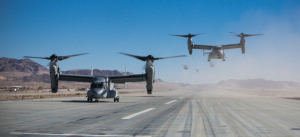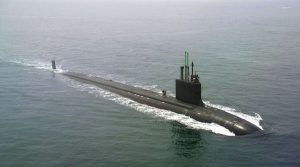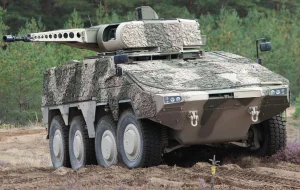HENSOLDT and ERA, two companies specializing in advanced technology, are working together to make air defense stronger. They’re focusing on a special system called VERA-NG, which can spot things in the air without needing signals. By teaming up, they aim to create a more powerful air defense system that can keep our skies safe.
Sensor solution provider HENSOLDT and ERA, a company specializing in Air Traffic Control (ATC) and passive surveillance systems, have announced an important partnership. Their goal is to improve air surveillance and defense capabilities, with a special focus on introducing the Passive Surveillance System VERA-NG to the German Luftwaffe.
The primary aim of this collaboration is to develop a combined solution that uses both ERA’s VERA-NG system and HENSOLDT’s Passive Radar Twinvis technology. This partnership aims to bring together data from both systems to create a more complete picture of what’s happening in the air.
The partnership brings together two different technologies that work well together. ERA’s VERA-NG can detect signals from far away, while HENSOLDT’s Twinvis can see things up close without needing signals. By using both of these technologies, they hope to improve how we watch the sky.
Twinvis works by paying attention to changes in TV and radio signals. This helps it know if something is in the air, even if it’s trying to hide. This is different from regular radars and can even find airplanes that are trying not to be seen. Twinvis is special because it doesn’t need the airplanes to send signals, and it doesn’t need lots of antennas to work.
The VERA-NG system has three parts that listen to signals all around, and a main center that puts all the information together. It’s really good at finding and tracking airplanes, ships, and more. It works well even in bad weather and can watch for a long time without anyone knowing.
This partnership is exciting because it could help not just the German Luftwaffe, but also other countries in Europe. Quietly watching the sky is getting more important, and these technologies could make a big difference in keeping our airspace safe.






